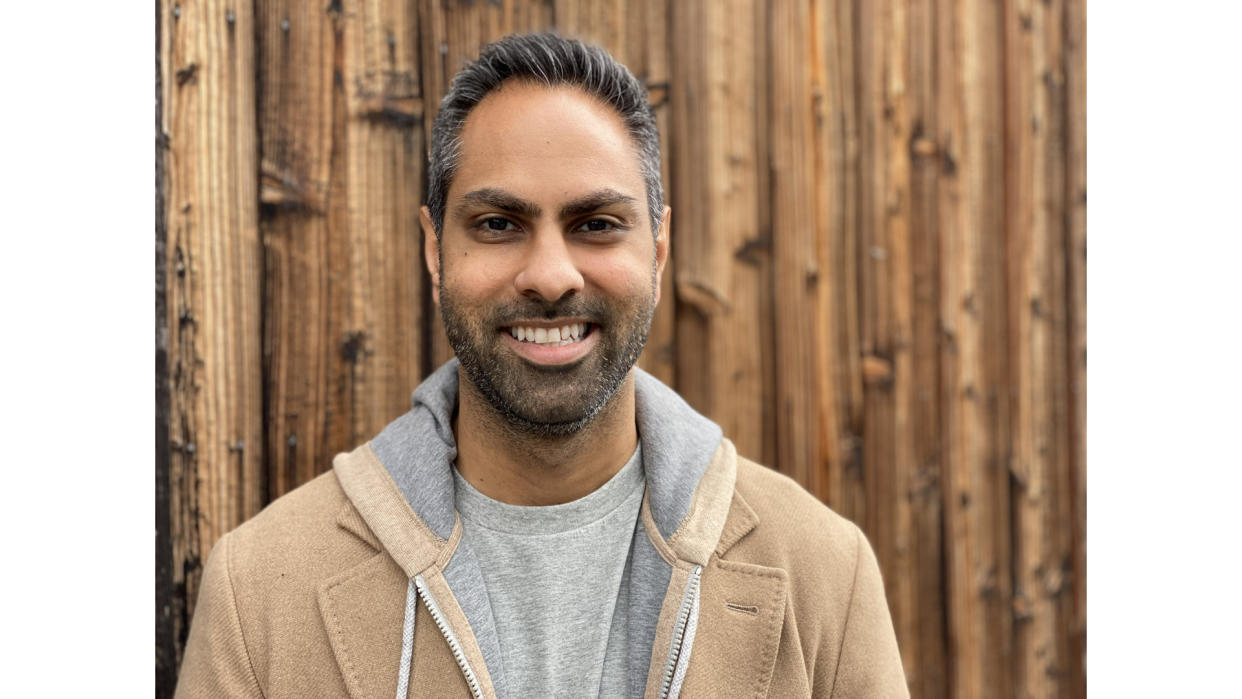Ramit Sethi: Track These 4 Numbers To Become a Millionaire

Are you looking to become a millionaire? Silly question, surely, because everyone is. But are you serious about it? If so, take some advice from Ramit Sethi, a personal finance advisor and author of the 2009 New York Times bestseller, “I Will Teach You To Be Rich.”
Read More: It’s Never Too Late To Become Wealthy,’ According to Robert Kiyosaki
Check Out: 5 Genius Things All Wealthy People Do With Their Money
On his YouTube channel, also titled “I Will Teach You to Be Rich,” Sethi recently said all you have to do is track four specific numbers to live a rich life.
What are these magical numerals of wealth? GOBankingRates breaks it down.
Fixed Costs
According to Sethi, this category should be somewhere between 50% and 60% of your take-home pay.
“If your fixed costs are higher than that, you’re going to find it very difficult to save money on anything,” Sethi said. “You’re going to find it very difficult to have enough money to invest and you’re going to feel stressed out ’cause you’re not going to have enough money just to have fun.”
Sethi outlines fixed costs as:
Rent or mortgage
Utilities
Transportation (car payment, gas, etc.)
Groceries
Debt
Subscriptions
After adding up all of the fixed costs, Sethi said to put an additional 15% on top of that number. “That’s because most of us don’t capture all of the hidden expenses in our fixed cost.”
Learn More: 7 Ways the Upper Middle Class Can Become Rich in 2024
Sethi pointed out that the place where most people overspend on fixed costs is in housing and cars, so putting a 15% cushion in your budget will help alleviate any stress that pops up unexpectedly in those categories.
Add it all up, divide by your take-home pay, and bingo: If you are under 60%, then you are one step closer to becoming a millionaire.
Long-Term Investments
This is where real wealth is created, according to Sethi.
“My recommendation is that you put at least 10% of your take-home pay in investments,” he said. “Of course, the more the better. Now this bucket includes the amount that you will send to your 401(k) and Roth IRA. I know some of it’s post-tax and pre-tax. We’re just going to simplify it here … just to say 10% of your money should be going to investments at a minimum.”
As an example, Sethi posited contributing 5% of your salary to a 401(k) and another 5% to a Roth IRA, upping it 1% each year.
“There will be a point where you’ll be making more from your investments than from your income,” Sethi noted.
He recommended that starting earlier is always better when it comes to adding to long-term investments to have a runway of time to allow your money to add up.
Savings Goals
Most millionaires did not become rich overnight. For a lot of them, it took time and savings, which Sethi highlighted as a very important factor to becoming wealthy.
“Your savings goals should be at least 5% to 10% of your take-home pay,” he said. “Your savings category is for money that you’re going to use [in one to five] years.”
He said that would include things such as trips, a house down payment, an engagement ring, etc.
But here is the trick, in Sethi’s opinion: “Your savings category should always include an emergency fund. I recommend three to six months of enough expenses to keep the lights on. What I mean by that is if you got laid off or something really bad happened you’d probably cancel your subscriptions. You’d probably stop eating out. So calculate how much it would cost you just to keep the lights on and then multiply that by three months or six months.”
If you do not have enough money to put into savings each month, he said, then it is time to take inventory of spending habits and cut back.
Guilt-Free Spending
Sethi made it very clear on this number: Money is meant to be spent, not hoarded. So it’s important to figure out a dollar amount that you can spend without any anxiety attached.
“The point of money is not simply to save it,” Sethi said. “The point of money is to use it to live your rich life. Yes, you should save. Yes, you should invest. But also you’ve got to spend it on things that are meaningful to you.
:After you pay all your bills, after you invest, after you save, this is the guilt-free money — the stuff you can use on anything you want and depending how you’ve structured your other buckets.”
Sethi added, “A good guideline here is 20% to 35% of your take-home pay for guilt-free spending. That’s a lot of money. That’s 20% to 35% of your take-home pay you can use on restaurants, bars, taxis, vacations, clothes, whatever!”
He said many people spend over 50% of their take-home pay every month without a clue.
“If your fixed cost number is where it should be — 50% to 60% — [and] if your savings is where it should be — 5% to 10% — [and] investments 5% to 10%, you’ve got a pretty healthy amount to spend on guilt-free spending.”
He said ultimately “you’ve got to learn how to spend your money meaningfully” — and when you do, you might just find yourself a millionaire in the process.
More From GOBankingRates
This article originally appeared on GOBankingRates.com: Ramit Sethi: Track These 4 Numbers To Become a Millionaire
